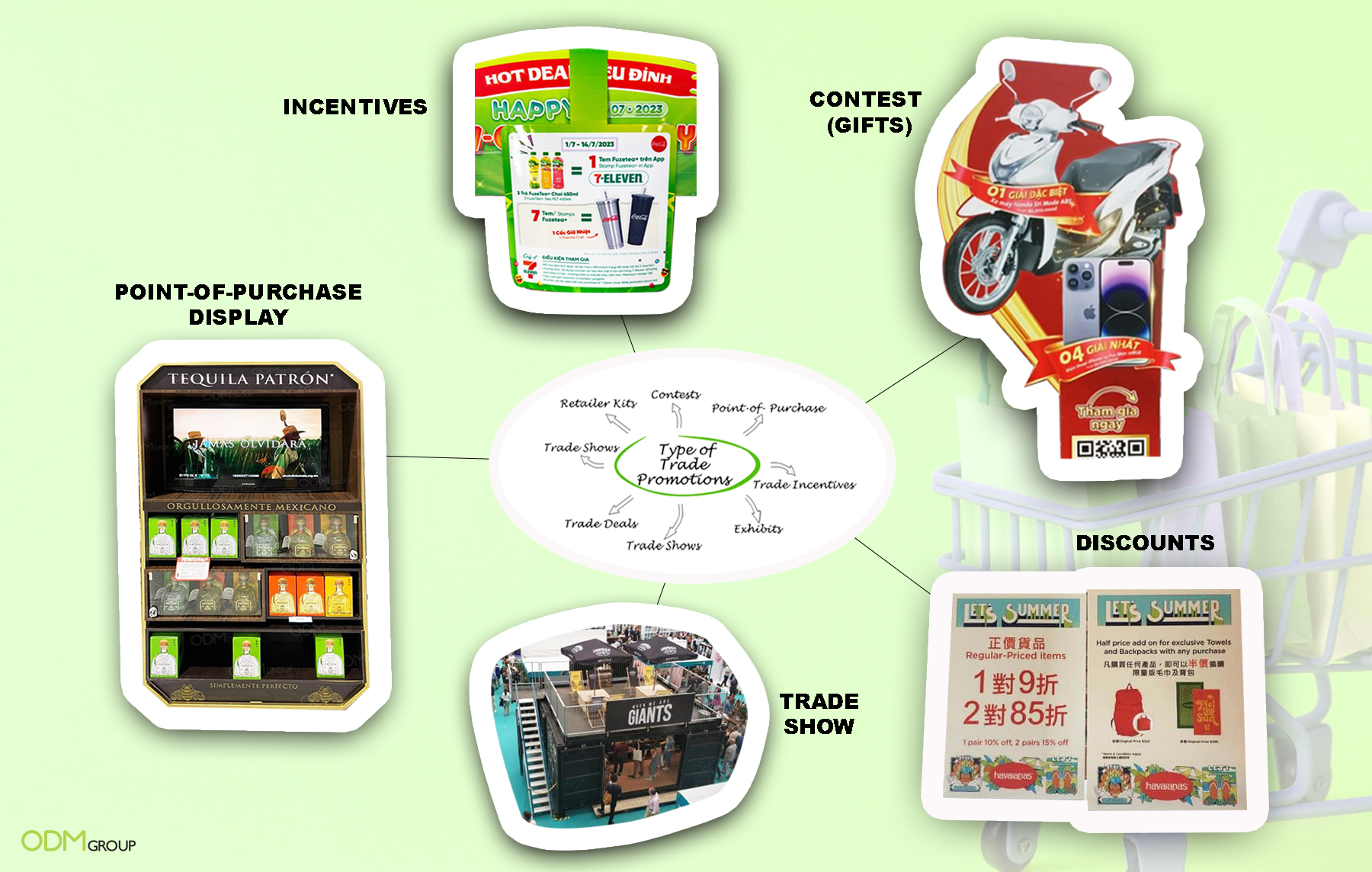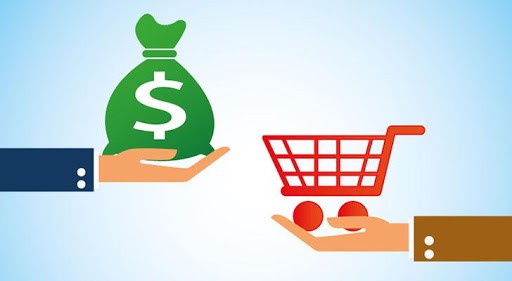The concept of trade spending is an integral component of business strategies for both retailers and manufacturers. It refers to the promotional investments made by manufacturers to incentivize retailers to promote and sell their products.
In this blog, we’ll explore what trade spending is, why it is essential, and provide examples of trade spending promotions. We’ll also delve into the challenges associated with trade spending and offer strategies to overcome them. So, let’s get started!

What is Trade Spending?
Trade spending is a financial commitment that manufacturers make to encourage retailers to support their products. These investments typically take various forms, including discounts, allowances, marketing support, co-op advertising, and other incentives designed to boost sales and improve product visibility.
Different Types of Trade Promotion
There are various types of trade promotions used by businesses to boost sales and encourage retailers to promote their products. Here are some common types:

Why Trade Spending Matters?
In the fast-moving retail and manufacturing industry, trade spending is really important. let us explain why it’s so crucial. Let’s look at how it affects businesses and the whole industry.
1. Building Brand Awareness
Trade spending enables both retailers and manufacturers to promote their products effectively and make a lasting impression on consumers. By investing in trade spending initiatives such as cooperative advertising and promotional events, brands can increase their visibility and gain a competitive edge.
For instance, a manufacturer partners with a retailer to run a co-op advertising campaign that features their products prominently in-store and in marketing materials. This collaborative effort not only drives immediate sales but also leaves a lasting impression on consumers.
2. Increasing Sales and Market Share
Trade spending matters because it directly impacts the bottom line. Retailers and manufacturers use trade spending as a powerful tool to boost sales and increase their market share. By offering discounts, promotions, and other incentives, they entice customers to make purchases they might not have otherwise considered.
For example, a retailer might offer a “buy one, get one” promotion on a manufacturer’s product. This not only drives immediate sales but can also lead to long-term customer loyalty. The manufacturer benefits from increased sales, while the retailer gains foot traffic and higher basket sizes, contributing to overall revenue growth.
3. Strengthening Retailer-Manufacturer Relationships
Another reason trade spending matters is its role in fostering strong retailer-manufacturer relationships. Collaboration is key to success in the retail industry, and trade spending encourages alignment between the two parties.
By working together on promotions, advertising, and other trade spending activities, retailers and manufacturers can develop long-lasting partnerships that benefit both sides. Retailers gain access to exclusive products and marketing support, while manufacturers can tap into established distribution networks and loyal customer bases. The outcome is a win-win situation where both parties thrive.
Challenges in Trade Spending
While trade spending offers numerous advantages to retailers and manufacturers, it comes with its fair share of challenges that can pose hurdles in maximizing its benefits. Let’s highlight some of the key challenges associated with trade spending and discusses strategies for overcoming them.

CHALLENGE
One of the most common challenges in trade spending is managing budgets effectively.
Balancing the need for promotional activities with the constraints of available resources can be a tricky endeavour.
Overspending on trade promotions can lead to financial strain and, in some cases, even negative returns on investment (ROI).
SOLUTION
To overcome this challenge, businesses must establish a well-defined budget.
This budget should align with their overall business goals and be regularly reviewed and adjusted as needed.
Identifying what can be spent without straining finances is essential to ensure that trade spending remains sustainable and profitable.
CHALLENGE
Trade spending encompasses a wide range of activities, from promotional pricing to co-op advertising and merchandising.
Tracking and managing these diverse initiatives can be a logistical nightmare, especially without the right tools and systems in place.
The complexity of tracking promotions and ensuring they deliver the intended results can be daunting.
SOLUTION
Implementing data analytics and trade promotion management software can be a game-changer in managing trade spending.
These tools provide businesses with insights into the effectiveness of different promotions and help optimize future strategies.
By leveraging data and technology, retailers and manufacturers can streamline their efforts and make more informed decisions.
CHALLENGE
The retail landscape is highly competitive, with numerous players vying for consumer attention.
Staying ahead of competitors in trade spending strategies is a constant challenge.
Rivals are continually innovating, making it essential for businesses to adapt and find unique ways to capture consumer interest.
SOLUTION
Businesses should focus on innovation and creativity in their trade spending efforts.
Identifying emerging trends and new channels for promotion can provide an advantage.
Collaborative brainstorming and regular reviews of strategies with retail partners can help businesses stay ahead in the game.
Retail Marketing: How to Improve Product Promotion With MIR and IRC?
One of the most effective ways to integrate innovation in retail is by offering coupons to customers for certain products or services.
What makes MIR and IRC the key tools of this marketing strategy?

10 Tips to Maximise Your Marketing Budget for Promotional Merchandise
It is important to know how much money you should spend on your marketing.
In order to do this, you must know what marketing can do for your business and how it can benefit you.

What Are Marketing Deliverables: A Quick Guide for Your Business
While there are many tried-and-true strategies in marketing, it’s essential to understand that the best marketing strategy for one business may not be the same for another company.
When choosing the right marketing deliverables, here are some questions to guide you:

How To Launch a Successful Marketing Campaign
Before you launch your campaign, one important step in this process is understanding your target market.
Launching a successful marketing campaign requires your business to cater to a specific target market.

In Summary
From building brand awareness to increasing sales and market share, trade spending proves its worth by acting as a catalyst for success in the dynamic retail and manufacturing industry. Its ability to strengthen retailer-manufacturer relationships fosters collaboration and long-term partnerships, ensuring a mutually beneficial future.
By understanding the essence of trade spending and mastering its intricacies, businesses can look forward to a future marked by growth, profitability, and lasting success.
Trade Spending FAQs
All you need to know about trade spending!
What is trade spending, and why is it important for businesses?
Trade spending refers to the promotional and marketing activities undertaken by retailers and manufacturers to boost sales, increase brand visibility, and strengthen partnerships. It is crucial for businesses because it helps build brand awareness, drive sales, and foster collaboration, all of which contribute to their growth and success in the competitive retail industry.
What are some common types of trade spending promotions?
Common types of trade spending promotions include promotional pricing, cooperative advertising campaigns, merchandising and in-store displays, and trade promotions in e-commerce. These strategies aim to entice customers, enhance product visibility, and stimulate sales.
What challenges do businesses face when implementing trade spending, and how can they overcome them?
Businesses often encounter challenges like budget constraints, difficulties in tracking and managing trade spending, and intense competition. To overcome these challenges, they can establish clear budgets, leverage data analytics and technology, and focus on innovation and collaboration with their retail partners. These strategies enable businesses to navigate the complexities of trade spending successfully and maximize its benefits.





